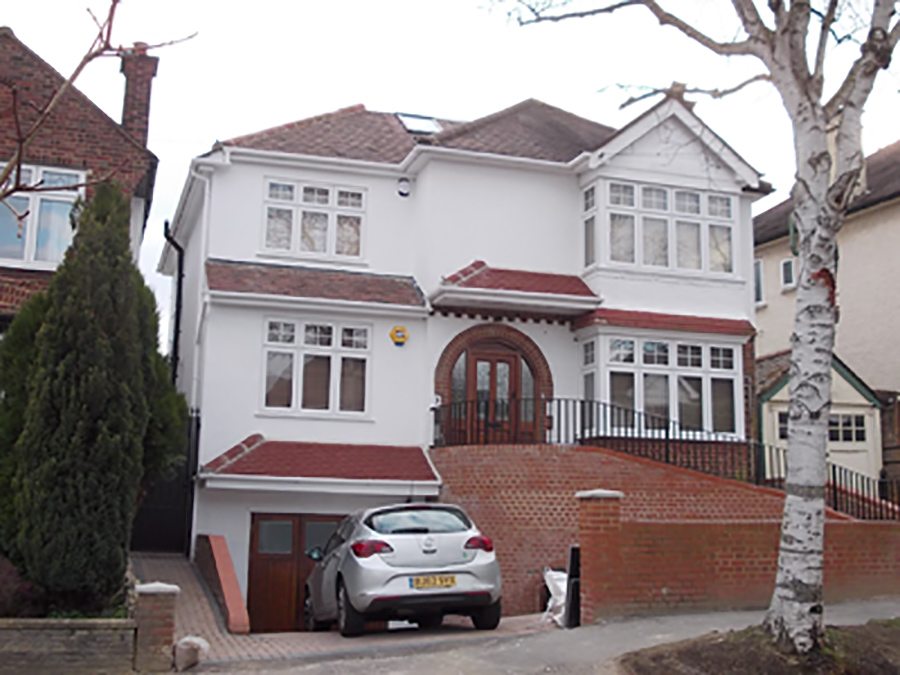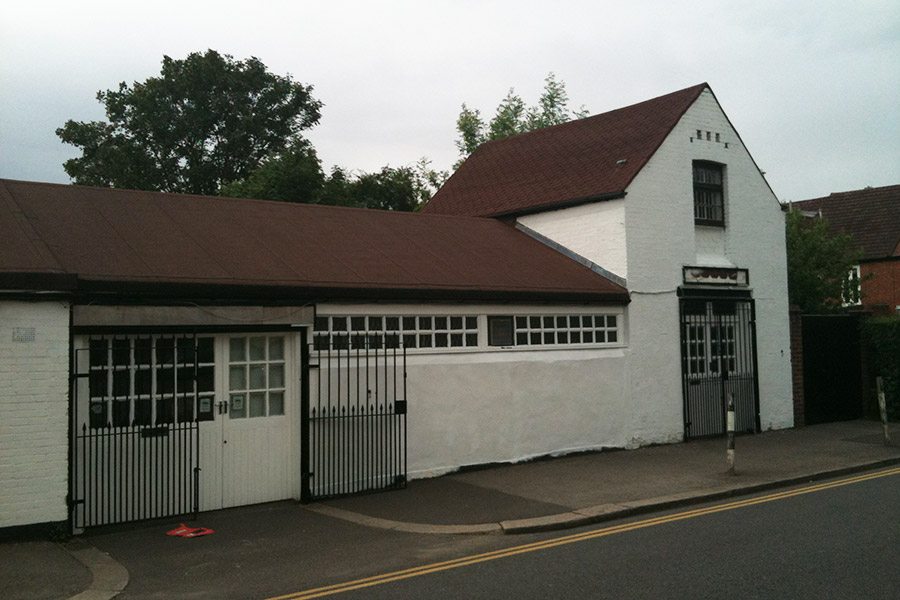-
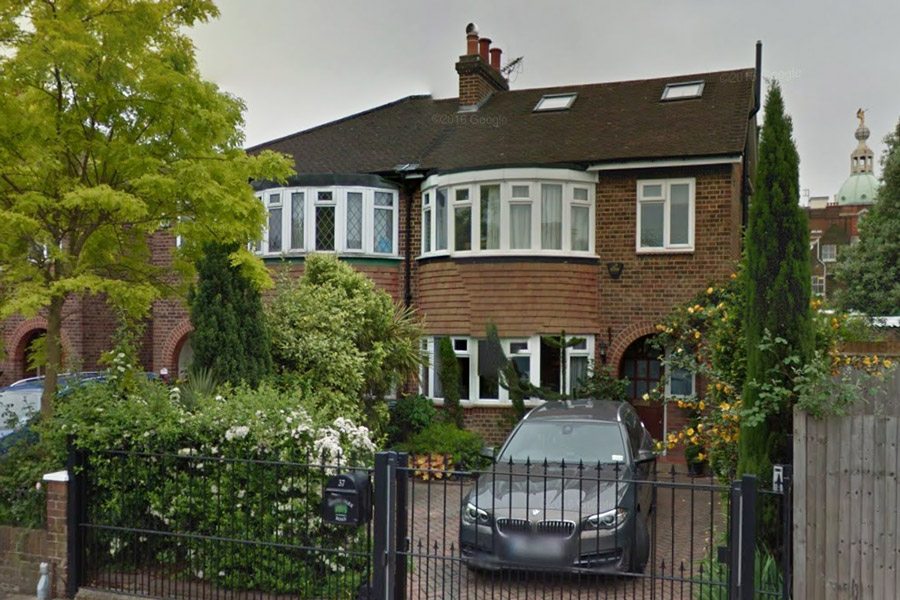 The client approached Get Planning and Architecture to produce drawings to comply with Building...
The client approached Get Planning and Architecture to produce drawings to comply with Building... -
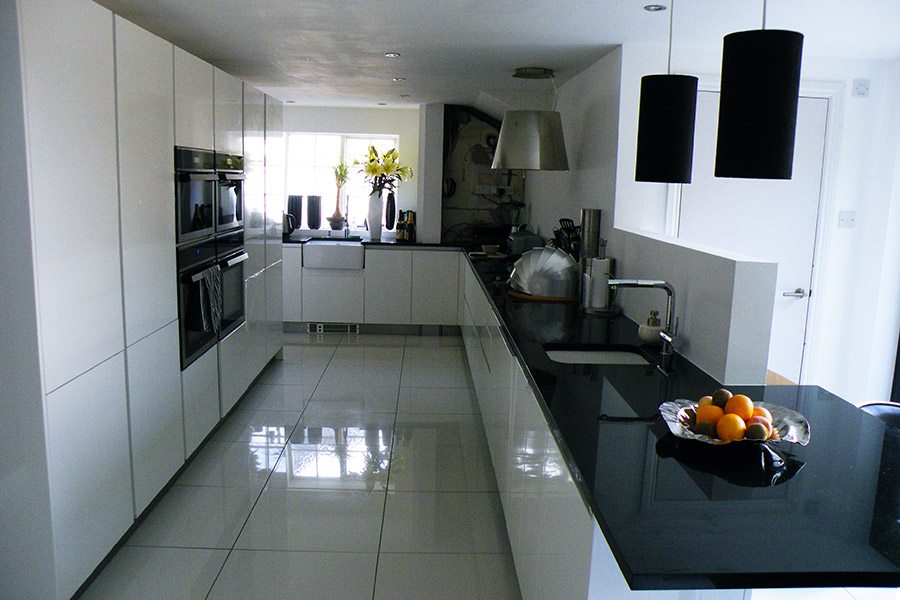 The discharging of conditions on an existing Listed Building Application for a single storey...
The discharging of conditions on an existing Listed Building Application for a single storey... -
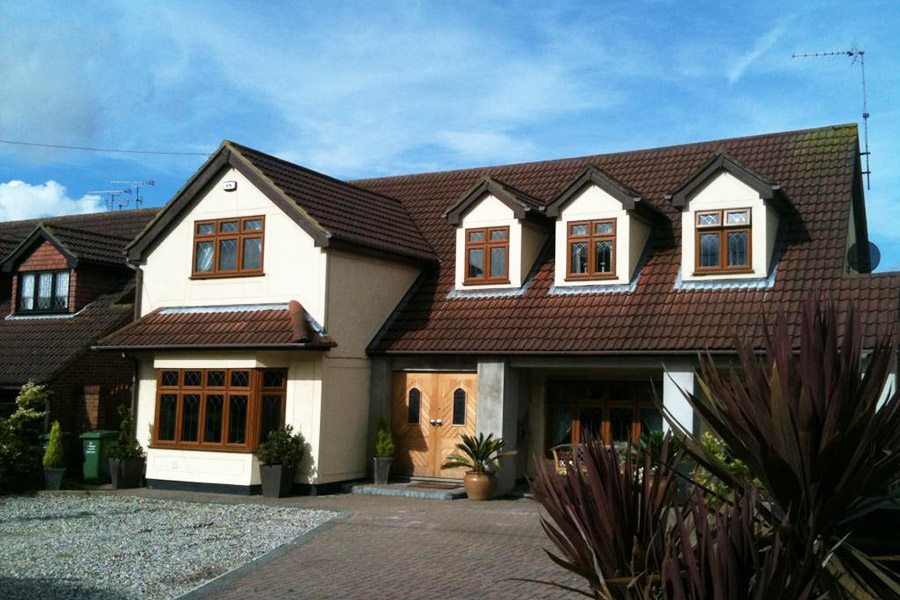 Our client wanted a side extension to significantly increase the size of the first...
Our client wanted a side extension to significantly increase the size of the first... -
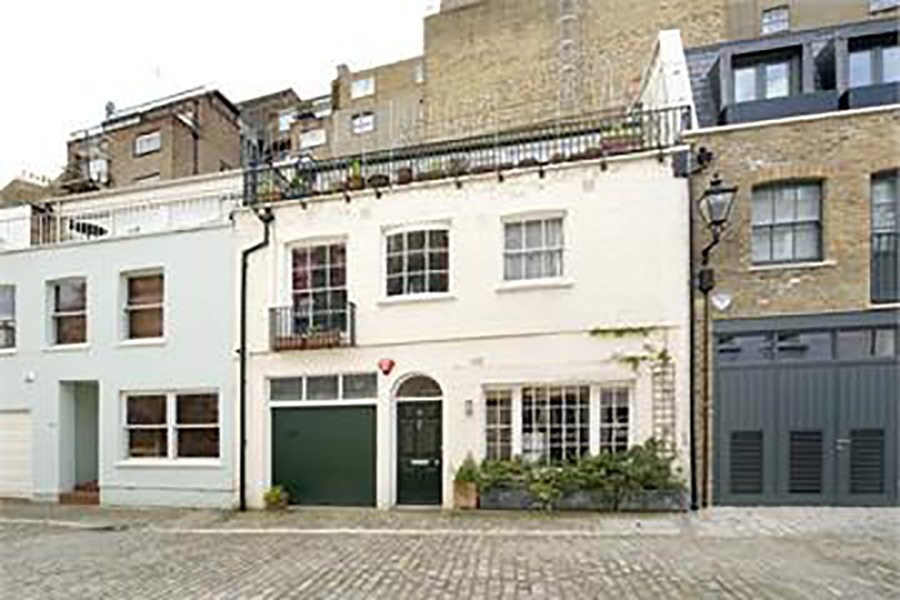 Our client bought this property at auction and came to Get Planning and Architecture...
Our client bought this property at auction and came to Get Planning and Architecture... -
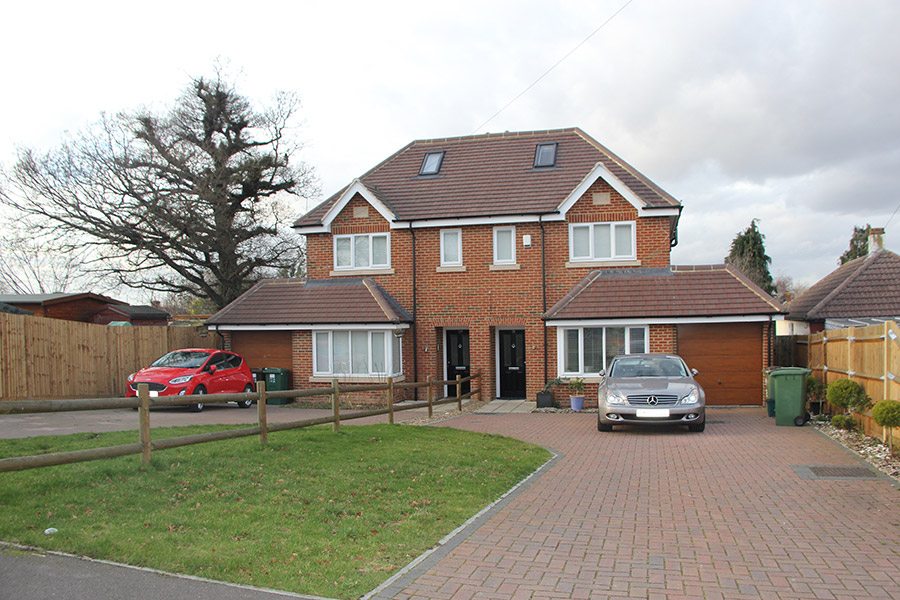 The initial brief was to obtain planning permission for the demolition of the existing...
The initial brief was to obtain planning permission for the demolition of the existing... -
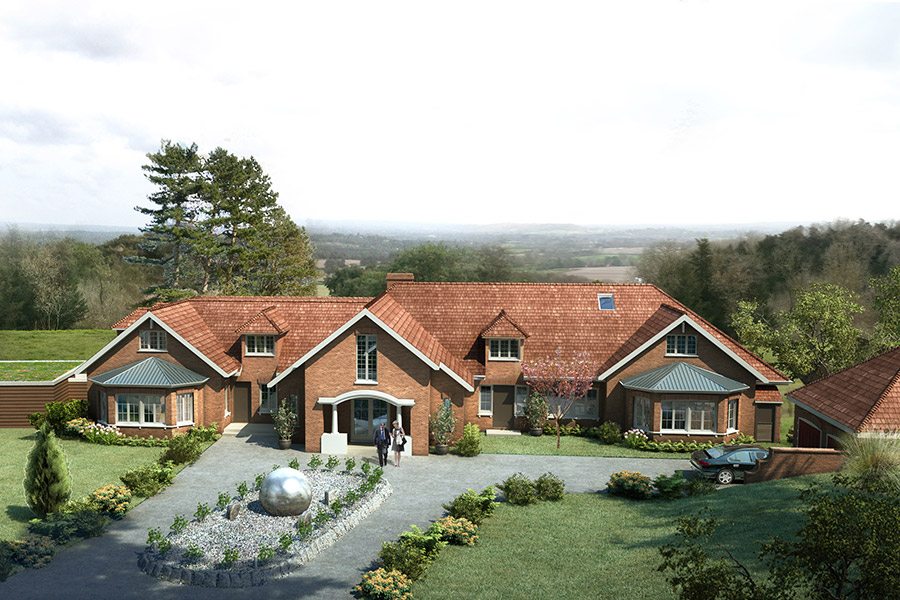 Our client owned a large detached bungalow on Green Belt that was also an...
Our client owned a large detached bungalow on Green Belt that was also an... -
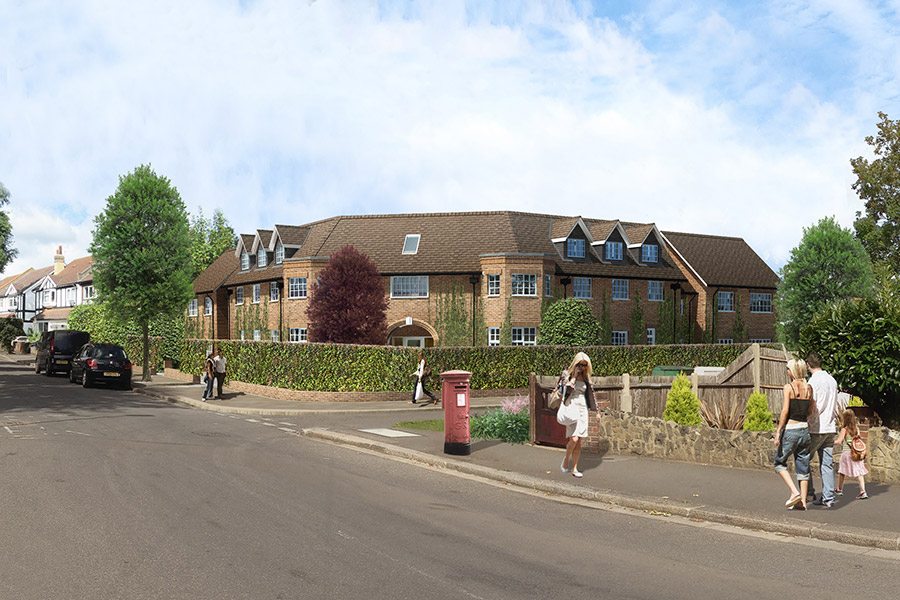 The property was a 1920’s building that was purpose built as a children’s home....
The property was a 1920’s building that was purpose built as a children’s home.... -
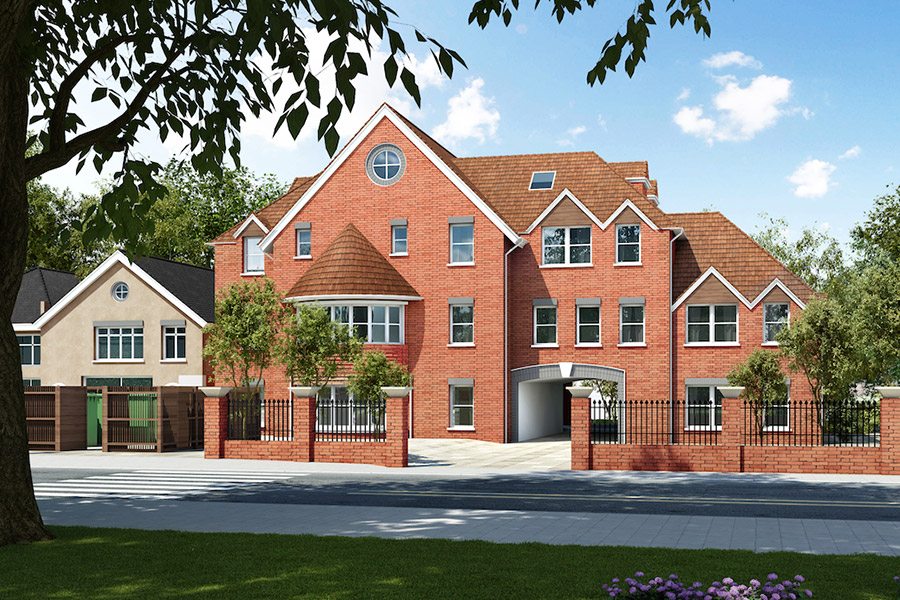 For this project we were approached by a client of which had purchased a...
For this project we were approached by a client of which had purchased a... -
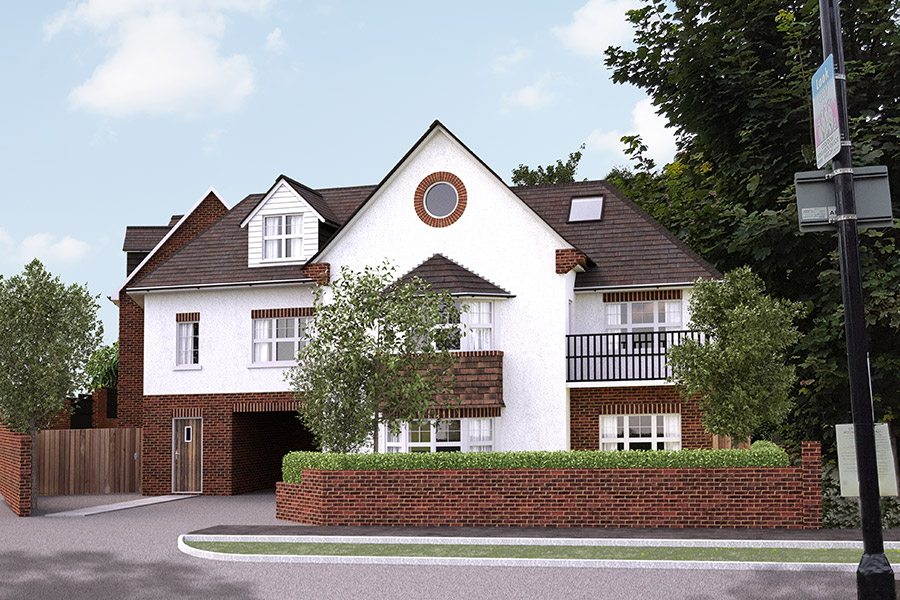 The client approached us with a site which had an existing house in Croydon...
The client approached us with a site which had an existing house in Croydon... -
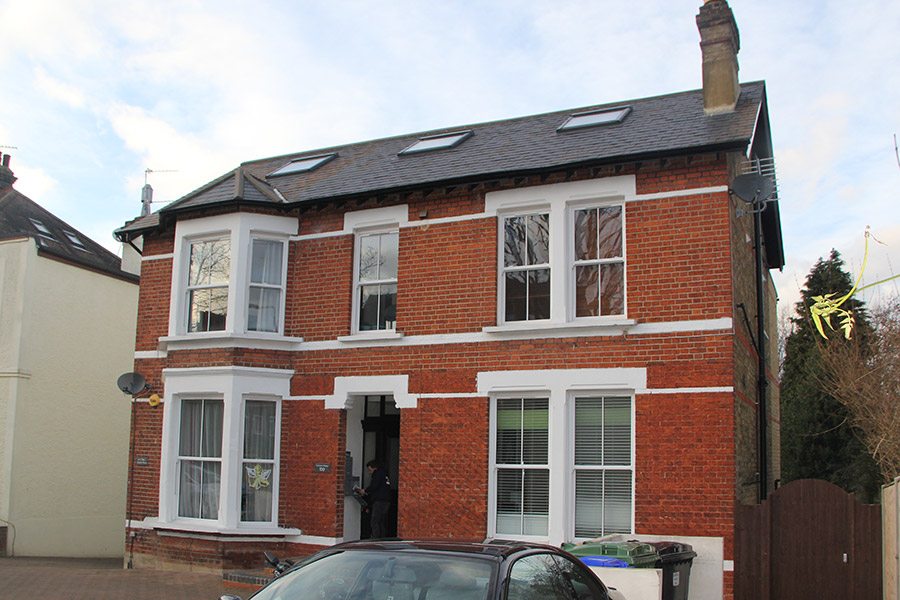 Our client had already got planning permission for this development. However, this came with...
Our client had already got planning permission for this development. However, this came with... -
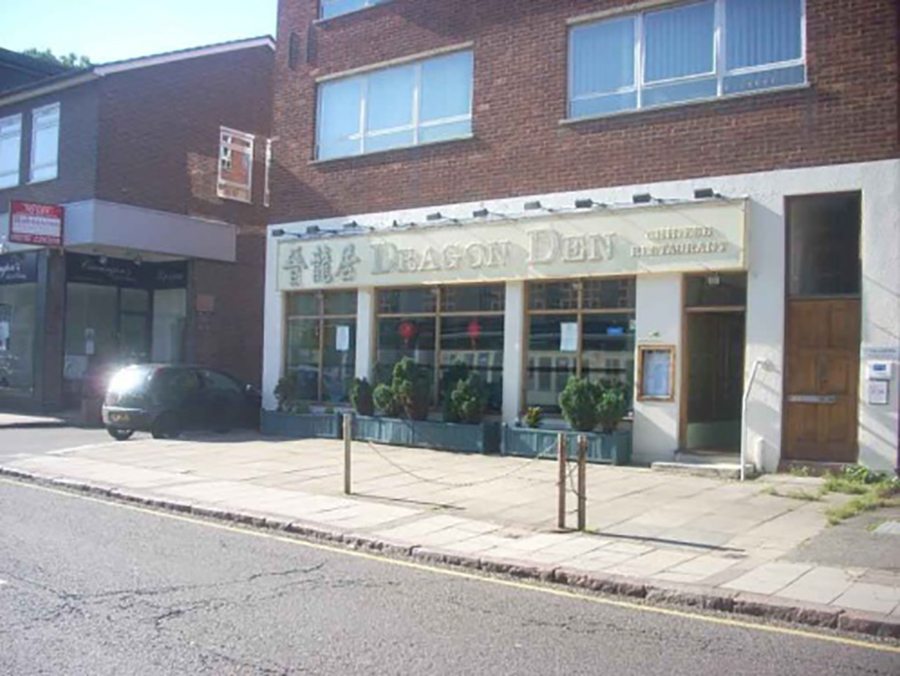 The creation of an attractive outdoor dining area was at the forefront of our...
The creation of an attractive outdoor dining area was at the forefront of our... -
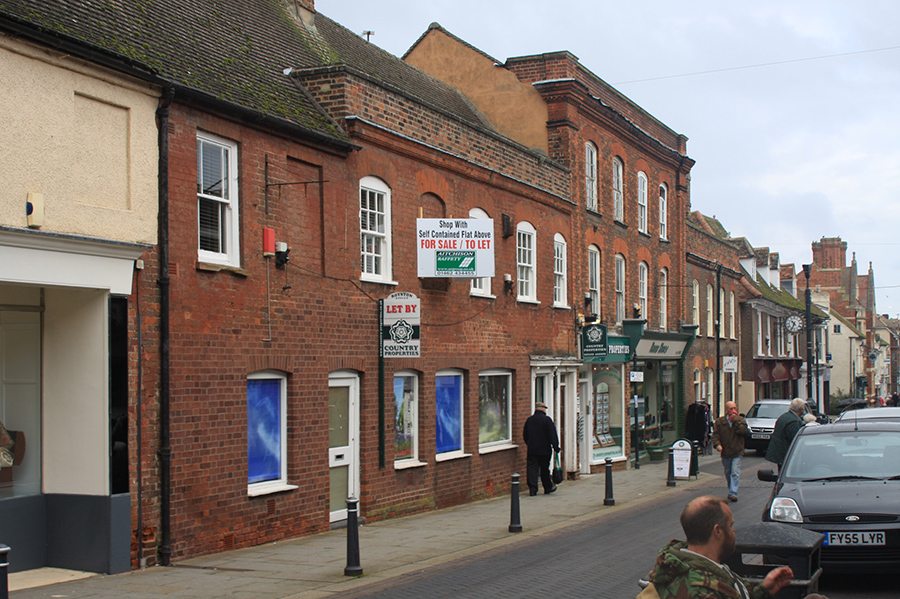 Our client was a local property management company wishing to convert a disused shop...
Our client was a local property management company wishing to convert a disused shop... -
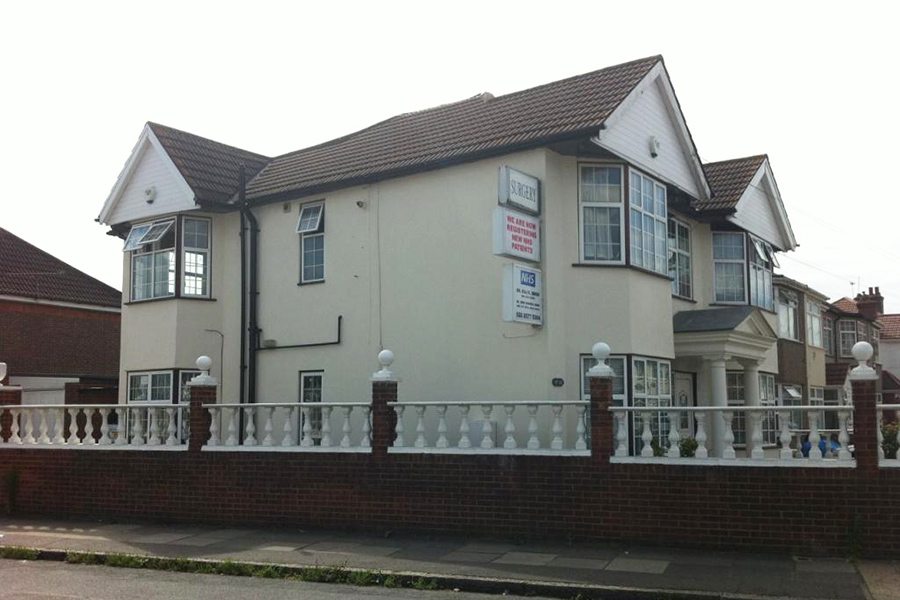 This client was looking to extend their NHS surgery in Hounslow but after a...
This client was looking to extend their NHS surgery in Hounslow but after a... -
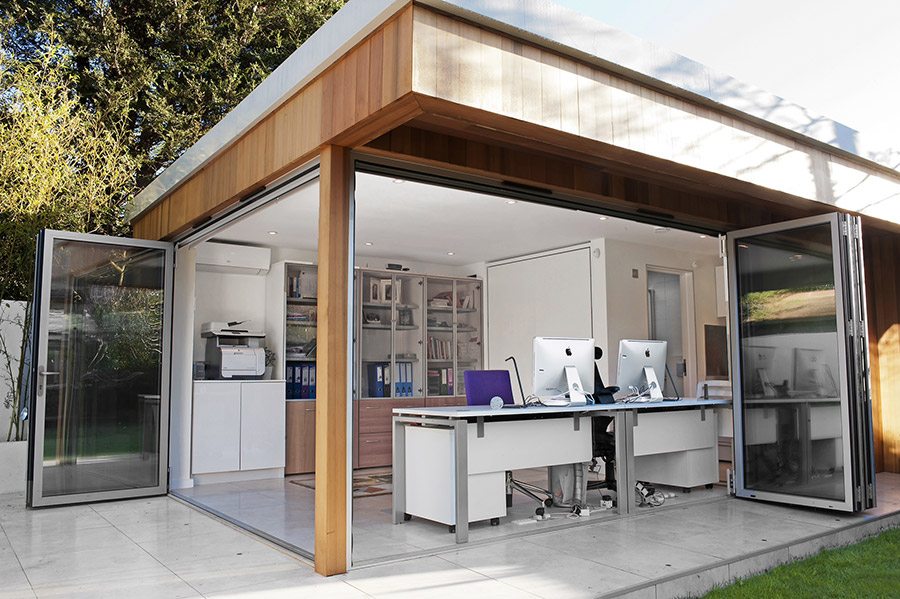 Our client, a property developer, wanted an elegant and modern building, separate from their...
Our client, a property developer, wanted an elegant and modern building, separate from their... -
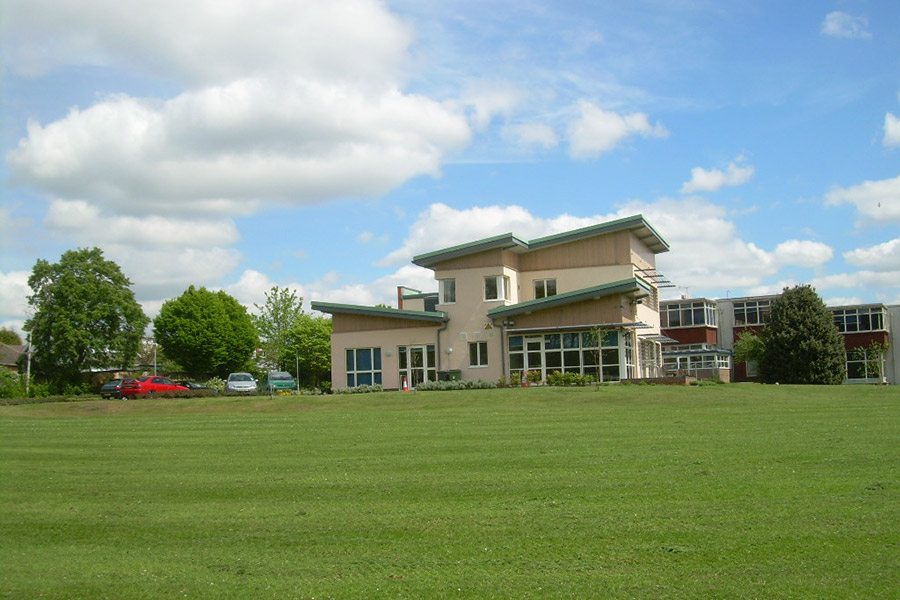 Our client was a secondary school and sixth form. The proposal was to make...
Our client was a secondary school and sixth form. The proposal was to make... -
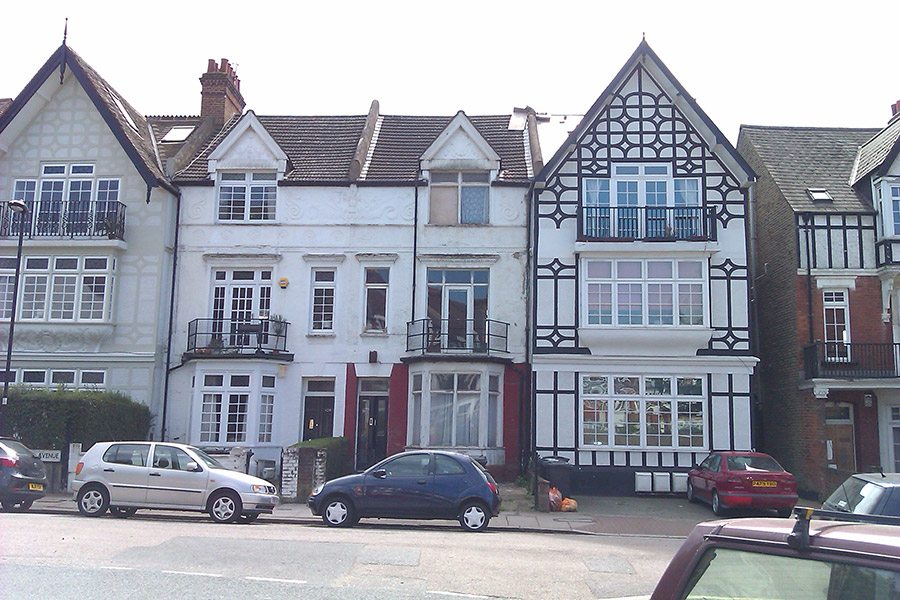 Our client wished to convert a House in Multiple Occupation into 3 self-contained flats.
Our client wished to convert a House in Multiple Occupation into 3 self-contained flats. -
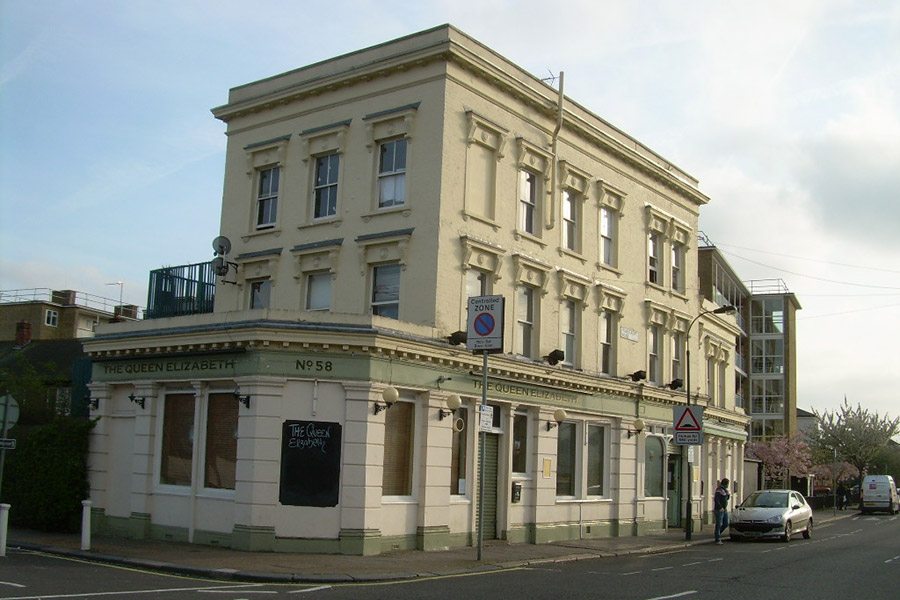 In a bid to develop their business and secure the viability of their pub...
In a bid to develop their business and secure the viability of their pub... -
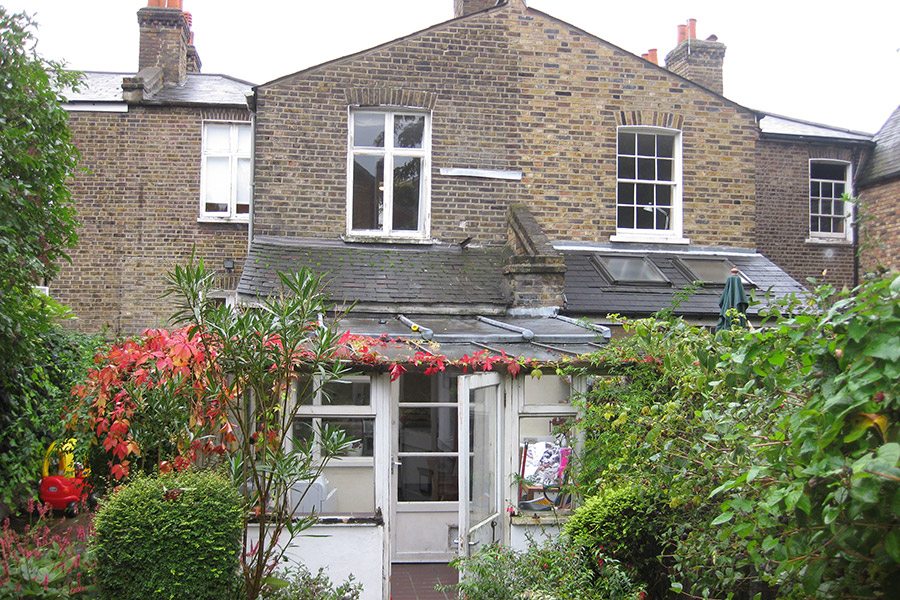 This interior design company urgently needed a retrospective application on behalf of one of...
This interior design company urgently needed a retrospective application on behalf of one of... -
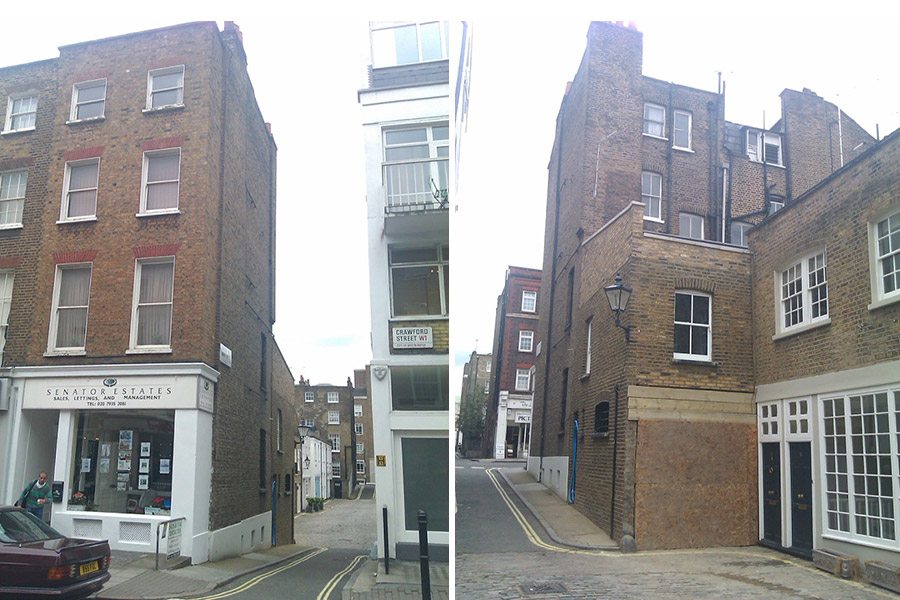 To provide Listed Building Consent and Building Regulations for the refurbishment of three studio...
To provide Listed Building Consent and Building Regulations for the refurbishment of three studio...

Change of Use
The Town and Country Planning (Use Classes) Order 1987 (as amended) puts uses of land and buildings into various categories known as ‘Use Classes’. This Order is periodically amended and for the latest information reference should be made to the Planning Portal website. It is generally the case that you will need planning permission to change from one use class to another, although there are many exceptions which are referred to as ‘Permitted Changes’, allowing some changes between uses.
The general principle is that a use can change if it does not have the potential for greater detriment to the public, or to neighbouring uses. For example, A3, (restaurant) uses can change to A1, (shop) use without the need for planning permission. However, if you are proposing to change the use of property or land, you should always seek advice from a planning consultant or your Council to confirm whether planning permission is required or not. In any event, you may wish to have documentary evidence of the change and you can achieve this via a ‘Certificate of Lawfulness’, which provide assurance that the new use will be free from the threat of planning enforcement.
Before you negotiate a lease or buy a property, it may be advisable to consider whether you need to obtain planning permission for your intended use and, if so, your chances of getting planning approval for it.
The following schedule gives an indication of the types of use which may fall within each use class. Please note that this guide relates to use classes at the time of writing and reference should be made to the planning portal to identify subsequent amendments.
- A1 Shops – Shops, retail warehouses, hairdressers, undertakers, travel and ticket agencies, post offices, pet shops, sandwich bars, showrooms, domestic hire shops, dry cleaners, funeral directors and internet cafes.
- A2 Financial and professional services – Financial services such as banks and building societies, professional services (other than health and medical services) and including estate and employment agencies. It does not include betting offices or pay day loan shops – these are now classed as “sui generis” uses (see below).
- A3 Restaurants and cafés – For the sale of food and drink for consumption on the premises – restaurants, snack bars and cafes.
- A4 Drinking establishments – Public houses, wine bars or other drinking establishments (but not night clubs) including drinking establishments with expanded food provision.
- A5 Hot food takeaways – For the sale of hot food for consumption off the premises
Part B
- B1 Business – Offices (other than those that fall within A2), research and development of products and processes, light industry appropriate in a residential area.
- B2 General industrial – Use for industrial process other than one falling within class B1 (excluding incineration purposes, chemical treatment or landfill or hazardous waste).
- B8 Storage or distribution – This class includes open air storage.
Part C
- C1 Hotels – Hotels, boarding and guest houses where no significant element of care is provided (excludes hostels).
- C2 Residential institutions – Residential care homes, hospitals, nursing homes, boarding schools, residential colleges and training centres.
- C2A Secure Residential Institution – Use for a provision of secure residential accommodation, including use as a prison, young offenders institution, detention centre, secure training centre, custody centre, short term holding centre, secure hospital, secure local authority accommodation or use as a military barracks.
- C3 Dwellinghouses – this class is formed of 3 parts:
- C3(a) covers use by a single person or a family (a couple whether married or not, a person related to one another with members of the family of one of the couple to be treated as members of the family of the other), an employer and certain domestic employees (such as an au pair, nanny, nurse, governess, servant, chauffeur, gardener, secretary and personal assistant), a carer and the person receiving the care and a foster parent and foster child.
- C3(b): up to six people living together as a single household and receiving care e.g. supported housing schemes such as those for people with learning disabilities or mental health problems.
- C3(c) allows for groups of people (up to six) living together as a single household. This allows for those groupings that do not fall within the C4 HMO definition, but which fell within the previous C3 use class, to be provided for i.e. a small religious community may fall into this section as could a homeowner who is living with a lodger.
- C4 Houses in multiple occupation – small shared houses occupied by between three and six unrelated individuals, as their only or main residence, who share basic amenities such as a kitchen or bathroom.
Part DC
- D1 Non-residential institutions – Clinics, health centres, crèches, day nurseries, day centres, schools, art galleries (other than for sale or hire), museums, libraries, halls, places of worship, church halls, law court. Non-residential education and training centres.
D2 Assembly and leisure – Cinemas, music and concert halls, bingo and dance halls (but not night clubs), swimming baths, skating rinks, gymnasiums or area for indoor or outdoor sports and recreations (except for motor sports, or where firearms are used).
Sui Generis
- Certain uses do not fall within any use class and are considered ‘sui generis’. Such uses include: betting offices/shops, pay day loan shops, theatres, larger houses in multiple occupation, hostels providing no significant element of care, scrap yards. Petrol filling stations and shops selling and/or displaying motor vehicles. Retail warehouse clubs, nightclubs, launderettes, taxi businesses and casinos.
How can Get Planning and Architecture help you?
Get Planning and Architecture has worked with a large range of clients on both small and large-scale planning and architectural projects for change of use. We have achieved successful planning applications with many different projects in this area undertaking new build or conversions, retail and restaurant owners, office building, churches, houses, flats, leisure facilities and many others. We pride ourselves on our analysis of planning policy and joined-up, strategic thinking which will allow you to maximise the potential of your site within the many planning, design and legislative constraints that exist. We would be pleased to show you examples of work we have already completed successfully.

